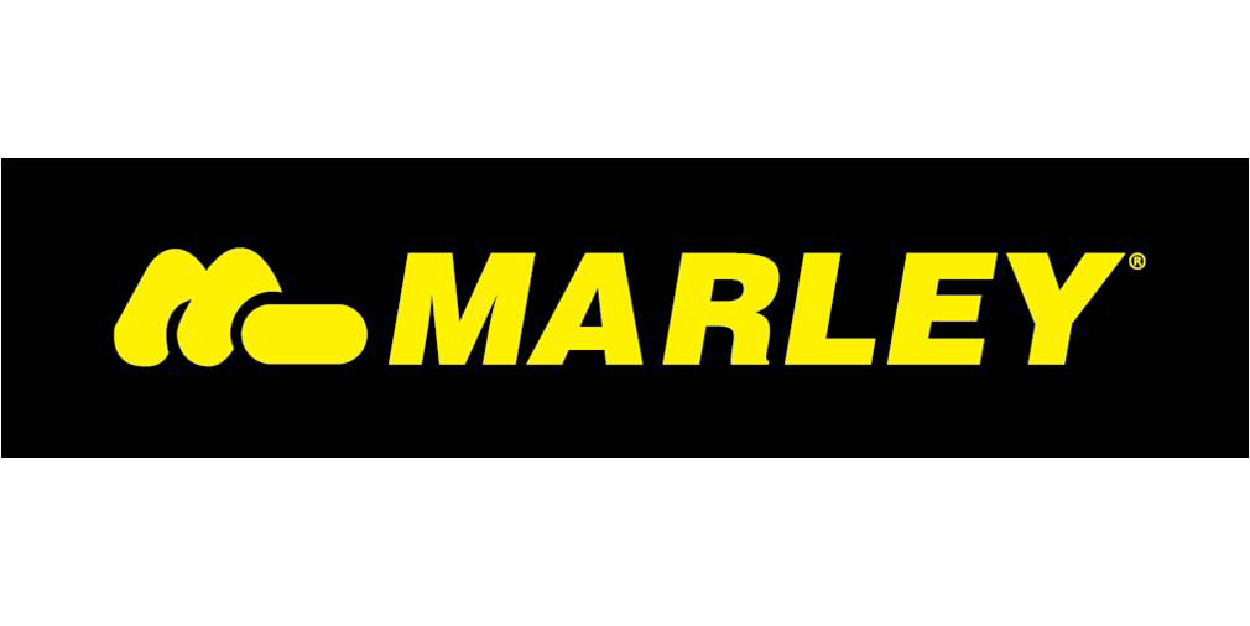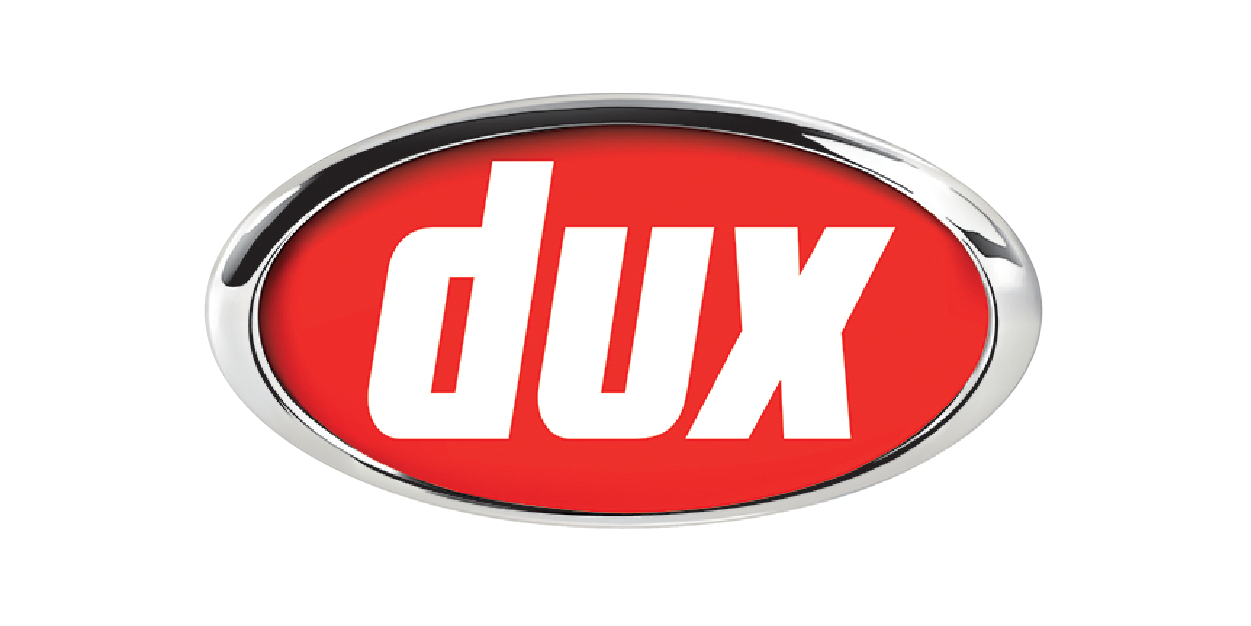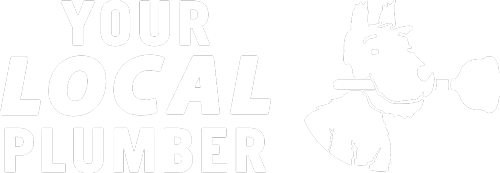
Call Today 09 973 4973 or
A slab leak, although a term not known to many, can potentially result in severe consequences for homeowners. Characterised as a leak that occurs in the water lines beneath the concrete slab of a house, it can cause extensive damage if not detected and treated in a timely manner. This article will delve into the nuances of slab leaks, how they can be detected, the potential damages, and mitigation strategies.
What is a Slab Leak?
A slab leak specifically refers to leaks that occur in the water lines situated beneath the concrete slab foundation of a home. These leaks can be either in the cold or hot water lines, or in the sewer lines. Regardless of where they occur, the damage can be substantial. Since these leaks are hidden beneath the slab, they often go undetected until noticeable signs of damage appear.
Causes of Slab Leaks
Slab leaks can be caused by a variety of factors, including:
- Poor Construction: Faulty workmanship during the construction of the house can lead to weak or damaged pipes that leak over time.
- Corrosion: Pipes, especially those made of copper or galvanized steel, can corrode over time due to interaction with soil and water, leading to leaks.
- Abrasion: Constant contact with concrete, gravel, or other pipes can cause pipes to wear down, resulting in leaks.
- Pressure: External pressure from soil or tree roots can cause pipes to break or crack, leading to leaks.
Signs of a Slab Leak
Here are some common signs that might indicate you have a slab leak in your home:
- Unexpected Increase in Water Bills: A sudden, unexplained spike in your water bill could indicate a slab leak.
- Sounds of Running Water: If you hear the sound of running water when all water sources are turned off, this could be a sign of a leak.
- Damp Floors or Carpets: Unusual moisture or dampness in your flooring could be a symptom of a slab leak.
- Low Water Pressure: If you’re experiencing lower than usual water pressure, it might be due to a leak in your water line.
- Cracks in Walls or Floors: Slab leaks can cause the foundation to shift, resulting in cracks in walls or floors.
- Unexplained Mold or Mildew: If you notice mold or mildew growth, especially at lower wall levels or on the floor, it could be due to a slab leak.
Detecting a Slab Leak
Detecting a slab leak requires professional expertise, as the leak is under the concrete slab and often not visible to the naked eye. Professional leak detection services use advanced technology, including acoustic detection tools, electromagnetic pipe locators, and thermal imaging, to detect slab leaks accurately and non-invasively.
Damage and Risks Associated with Slab Leaks
If left undetected and untreated, slab leaks can cause significant damage to your home, including:
- Structural Damage: Water from the leak can erode the soil beneath the slab, causing it to crack or shift. This can lead to serious structural damage, including cracks in walls and ceilings.
- Mold and Mildew: Slab leaks can create damp conditions that promote the growth of mold and mildew, which can damage your home and pose health risks.
- Higher Utility Bills: Uncontrolled leaks waste water, leading to increased water bills.
- Decreased Property Value: Untreated slab leaks can significantly reduce a home’s property value due to the associated damage.
Conclusion
Slab leaks can pose a serious threat to your home’s structural integrity and your own well-being. If you suspect you have a slab leak, it is crucial to contact a professional immediately to have it diagnosed and repaired. In general, being vigilant about observing any unusual changes around your house, such as unexplained water puddles, damp spots, or a sudden spike in your water bill, can help detect a potential slab leak early. Taking swift action can mitigate the potential damage, safeguarding the value and integrity of your home.
Slab Leak Repair Options
The method of slab leak repair will largely depend on the severity and location of the leak. After a professional has detected the leak, several methods could be employed to fix it:
Spot Repair: This is done by opening up the slab at the spot of the leak and repairing the leaking pipe. This method is generally cost-effective and suitable if the rest of the plumbing system is in good condition.
Repipe or Reroute: This method involves replacing the entire line that was leaking. It is generally more suitable for older plumbing systems that have a history of leaking.
Epoxy Pipe Coating: This method is used for systems with a series of small leaks, making it a good option for a network of pipes showing signs of wear and tear.
Prevention of Slab Leaks
Preventing slab leaks may not always be possible, especially those caused by wear and tear or unforeseen soil shifts. However, some measures can be taken to minimise the risk:
- Quality Construction: Ensuring that your home is built using high-quality materials and experienced workmanship can prevent slab leaks due to poor construction or defective pipes.
- Regular Plumbing Maintenance: Regular check-ups of your entire plumbing system can help identify potential problems before they turn into major leaks.
- Water Pressure Control: Keeping the water pressure at an appropriate level can reduce the strain on your home’s plumbing system, preventing leaks.
- Soil Conditions: Before building or buying a home, it’s advisable to know the soil conditions of the area. Some types of soil, such as clay, can expand and contract significantly due to moisture changes, potentially causing pressure on pipes.
Professional Help is Essential
While slab leaks are not as common as other home maintenance issues, they can cause significant damage if left untreated. Early detection is critical to minimise damage, and professional help is vital due to the technical nature of slab leak detection and repair. If you suspect a slab leak, it’s advisable to seek professional help immediately. Professional leak detection services have the right training and equipment to accurately locate the leak and advise on the most suitable repair method.
Suppliers




